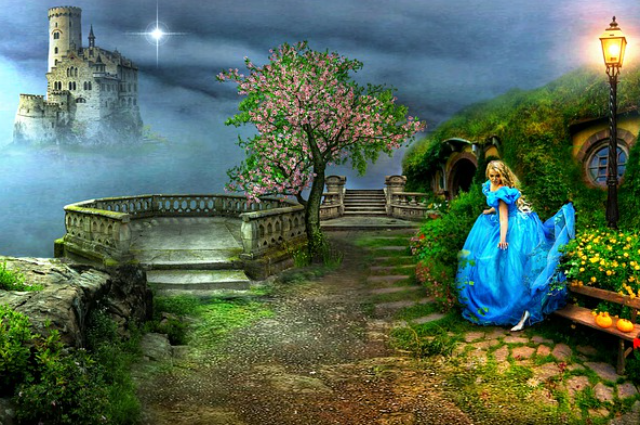
"Gender equality is more than a goal in itself. It is a precondition for meeting the challenge of reducing poverty, promoting sustainable development and building good governance.”-Kofi Annan
She/ her, 18, Music lover, Feminist
“Feminism”, “women empowerment”, “gender equality” are way too overused words nowadays, are not they? Almost every third girl you come across has the word “feminist” glorifying her Instagram bio. Undoubtedly, gender inequality is one of the most pressing concerns today, not only in India but also abroad. Beyond the horizon, we look forward to an equal world-a world where women get the respect and the equality that they deserve. Some feminists truly work for the betterment of women; they act like anchors whenever women confront a storm or a tempest in the eternal sea of life. But just like charity begins at home, I believe feminism too must begin at home. If one gets a little vigilant, one must realize how gender inequality is deeply embedded and rooted in the very way young minds are nurtured. One of the most prominent ways in which this issue percolates through generations is how fairy tales are narrated and shown.

Image by cocoparisienne from Pixabay
Young children are often put to sleep with their mothers narrating them fairy tales and the children listening to those with keen sparkling eyes full of questions and fantasies. The mothers dust and bring out the books, maybe the ones hiding in the Grand Canyon between the bed and the colorful wall of their bedroom- Cinderella, The Sleeping Beauty, Rapunzel, Snow White to name a few. This kindles their imagination and they start fantasizing. But have we ever wondered what we are instilling in those young minds when we narrate these stories? We start planting seeds of gender discrimination in these fragile brains when they are at the acme of innocence and gentleness, ready to be molded. They hear how the female characters are meant only for household chores, given no respect, wait lifelong for their Prince Charming to arrive and how getting married to a prince is their only dream. No fairy tale features working women; rather they glorify marriage to a prince as something that would lead to a cliché “happily ever after”. No light is thrown on how women can be complete by themselves, even without their male counterparts. A little bit of pondering tells us how we impose the image of an ideal woman on a bud and how we inhibit its aspiration to bloom right from the beginning. In Snow White and the Seven Dwarfs, Snow White is awakened by the prince, who kisses her to break the spell. Similarly, there are only superheroes, no superwomen. Great things have always been associated with men which gives this pseudo feeling that men are superior. Times have changed, but the tales haven’t.

Image by Angeline 1 from Pixabay
On a positive note, Cinderella has been recreated recently.
Also, the fairy tales have given the wrong impression about a woman’s beauty through ages. Whenever children hear of Rapunzel, they paint a picture of a fair pretty girl dressed in an intricate gown with beautiful long hair cascading down her shoulders in their head. We ourselves infuse this social stigma into their brains and later on advise them not to pay heed to it. Is this not very contradictive and diplomatic of the adults? Why are not dark-skinned princesses featured in fairy tales? We have set beauty standards in such a way that young children feel pressurized and burdened under the weight of the beauty yardsticks and feel inferior. Would not it be beautiful to see a dark-skinned stout woman dressed in formals as the female lead in the fairy tales?
Another thing wrong with fairy tales in my opinion is cinematizing them. The moment children see the movies, their imagination is dead. Everyone’s Cinderella from the movie looks the same: that fair blonde woman dressed in a gorgeous blue gown wearing glass slippers. But imagine if there were no illustrations in books or no cinema adaptations at all. Everyone’s Cinderella would look different, isn’t it? Someone’s Cinderella would be a fashionable, creative girl with curly hair and dreamy eyes, dressed in a gown; someone else’s would be a stout athletic woman with straightened hair dressed in a tracksuit- so different from each other yet each one has her unique beauty: no restrictions whatsoever, no beauty standards, no yardstick to compare. In my opinion, this would bring about a revolutionary change in the way young minds think, perceive, and respond.
It is not that girls do not want to dream big- the thing is that they imbibe this feeling from circumstances that it is okay to dream small. It is now time that girls realize the importance of dreaming big, go beyond the horizon and live an ambitious and fulfilling life and who knows, this might get us closer to the world the feminists dream of.
